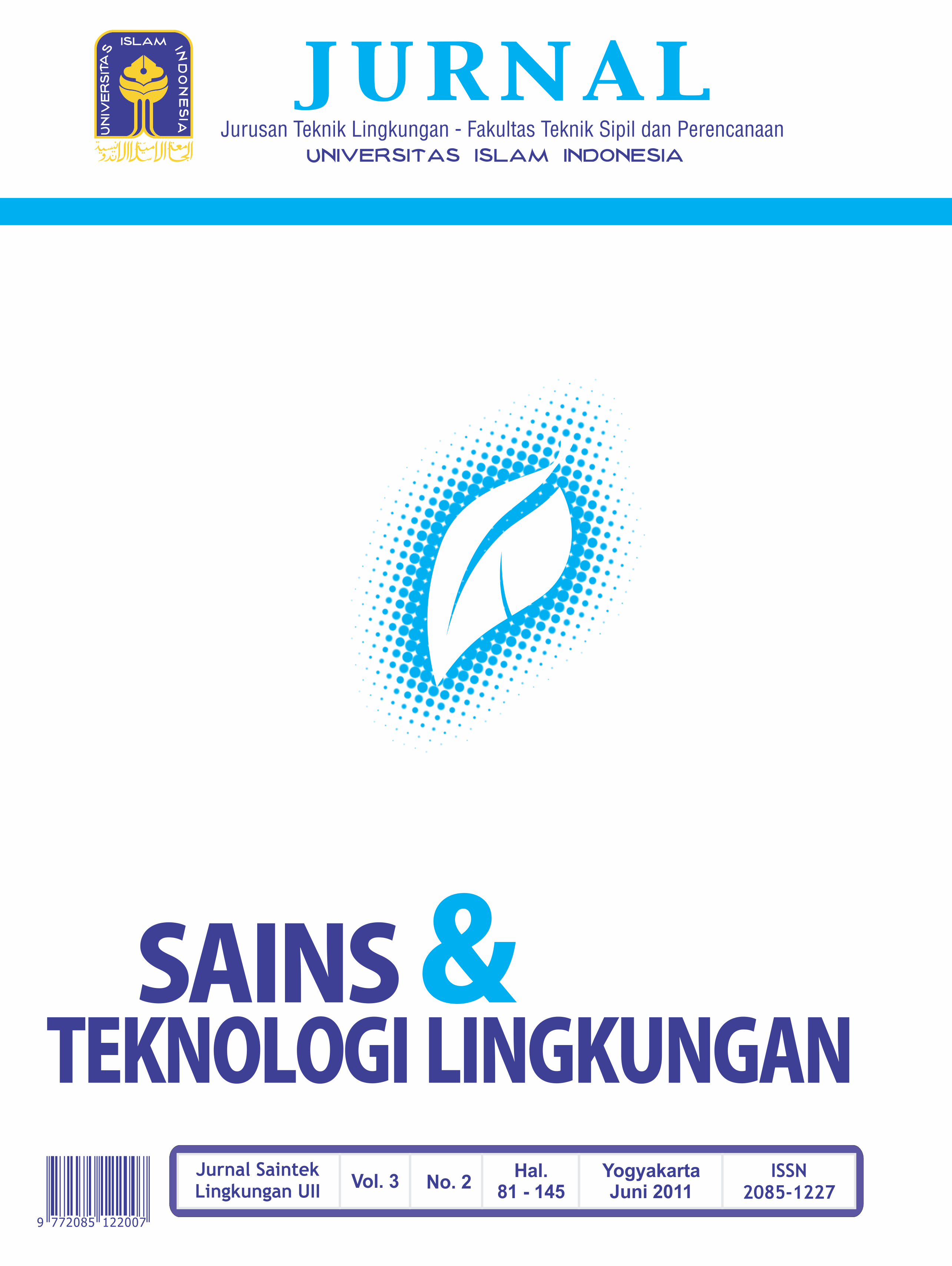Main Article Content
Abstract
An eco-village as defined by Robert Gilman is a “human-scale, full-featured settlement where you feel you know the others, and human activities are integrated with natural, biological systems.” Roland Mayerl argued that this maybe ideal, but there are huge challenges. He claims the challenges are at different levels—there is the physical layer that constitutes food production, animals, water and wastewater treatment. Other layers will be the built environment, the economic system and the governance in the village.
This paper argues that one of the challenging layers is the human layer that was excluded in the modeling of many eco-village works. While there are many good models of an eco-village, sustainability will primarily be laid on the shoulders of the members of the community or the village for that matter. Sustainability should be espoused by the members of the eco-village. But how can sustainability be attained? What sustainability approach or strategy can be employed?
“Communities of practice (COP) are formed by people who engage in a process of collective learning in a shared domain of human endeavor.“ (Wenger, 2004) COPs are concepts commonly applied in organizations and virtual communities. Using this approach together with periphery participation and situated learning, this paper presents a human-based model of a sustainable eco-village and some useful examples.
The paper also argues that an eco-village necessitates the support of technology in enhancing and preserving the shared practices. Hence, use of social media deployed in the web is one of the recommended ways that also permit collective action among members of the eco-village.
This paper argues that one of the challenging layers is the human layer that was excluded in the modeling of many eco-village works. While there are many good models of an eco-village, sustainability will primarily be laid on the shoulders of the members of the community or the village for that matter. Sustainability should be espoused by the members of the eco-village. But how can sustainability be attained? What sustainability approach or strategy can be employed?
“Communities of practice (COP) are formed by people who engage in a process of collective learning in a shared domain of human endeavor.“ (Wenger, 2004) COPs are concepts commonly applied in organizations and virtual communities. Using this approach together with periphery participation and situated learning, this paper presents a human-based model of a sustainable eco-village and some useful examples.
The paper also argues that an eco-village necessitates the support of technology in enhancing and preserving the shared practices. Hence, use of social media deployed in the web is one of the recommended ways that also permit collective action among members of the eco-village.
Keywords
communities of practice
sustainable eco-village
situated learning
periphery learning
Article Details
License
Authors who publish with this journal agree to the following terms:
- Authors retain copyright and grant the journal right of first publication with the work simultaneously licensed under a Creative Commons Attribution License that allows others to share the work with an acknowledgement of the work's authorship and initial publication in this journal.
- Authors are able to enter into separate, additional contractual arrangements for the non-exclusive distribution of the journal's published version of the work (e.g., post it to an institutional repository or publish it in a book), with an acknowledgement of its initial publication in this journal.
- Authors are permitted and encouraged to post their work online (e.g., in institutional repositories or on their website) prior to and during the submission process, as it can lead to productive exchanges, as well as earlier and greater citation of published work (See The Effect of Open Access).
